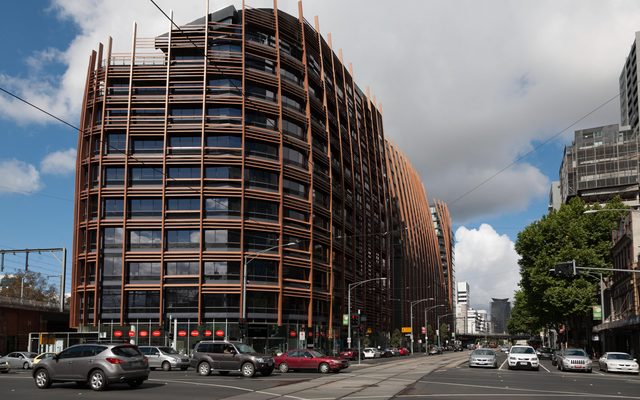This article is from the Australian Property Journal archive
THE office market is partying like its 1989, with vacancy rates falling to levels not seen since Back to the Future II was a box office hit and Madonna’s Like a Prayer topped the charts.
According to JLL’s latest 1Q 2019 statistics on national office markets, the Sydney CBD and Melbourne CBD vacancy rates have now both moved into the 3% territory – this is the lowest vacancy since the late 1980s.
The national CBD office market vacancy rate fell to 8.3%, down 1.6% over the past 12 months and it is now at the lowest level since mid-2012. The markets recorded positive net absorption of 29,300 sqm over the quarter and 355,500 sqm over the 12s months.
JLL head of research Australia, Andrew Ballantyne said the Australian economy navigated some negative headlines over the first few months of 2019 but the labour market and employment growth remained above trend over the past 12 months.
“Employment growth typically precipitates leasing enquiry and activity. Sydney and Melbourne continue to see positive levels of enquiry, but the Perth CBD is the market to focus on in 2019 as the leasing market recovery gathered further momentum over 1Q19,” he added.
The Melbourne CBD recorded 21,900 sqm of net absorption in 1Q19 and 153,700 sqm over the 12 months to March 2019. The strength of the demand-side of the equation pushed the Melbourne CBD vacancy rate down to 3.7% – the lowest level since the late 1980s.
JLL Australia head of leasing, Tim O’Connor said the Melbourne CBD development pipeline will deliver a further 344,600 sqm of space over the remainder of 2019 and 2020.
“However, projects under construction have a healthy level of pre-commitment and we are seeing strong enquiry for the upcoming backfill space availability.
“The slowdown in the Australian economy will lead to some organisations taking a conservative approach to upcoming space requirements. However, a number of industry sectors are in expansionary mode and the limited options for prime grade space will precipitate a wave of pre-commitment activity over 2019 and 2020.” O’Connor said.
Sydney CBD’s vacancy rate fell to 3.7%, also at its lowest level since 1989, off the back of 71,800 sqm of net absorption over the year.
The normal vacancy rate hierarchy has been re-established in the Sydney CBD with Premium (3.3%), followed by A grade (3.7%) and secondary grade vacancy (3.9%).
The Perth CBD recorded net absorption of 8,700 sqm in 1Q19 and 51,700 sqm over the 12 months to March 2019. Vacancy remains elevated (20.7%), but the spread between prime (15.3%) and secondary (28.9%) grade continues to widen as organisations seek out higher quality space.
Ballantyne noted that the Perth CBD office leasing market recovery is behaving in a similar manner to previous upturns.
“Vacancy in modern assets has already moved back into single digit territory, while the spread between prime and secondary vacancy is widening reflecting the demand for better quality space.
“Perth has lagged the expansion of flexible space operators across the Eastern Seaboard office markets. However, a requirement for project space from the resource sector and the prevalence of small to mid-sized organisations makes Perth an attractive market for co-working groups. In 1Q19, WeWork and Regus were both active in leasing space in the Perth CBD,” he continued.
The Brisbane CBD recorded 2,100 sqm of net absorption in 1Q19 and 14,400 sqm over the 12 months. The headline vacancy rate compressed to 12.7% in 1Q19 and is now at the lowest level since the end of 2012.
Ballantyne said the leasing enquiry profile is starting to broaden with more enquiry from private sector organisations.
“The number of genuine options in the prime grade sector are starting to reduce and we should see an improvement in effective rents towards the latter part of 2019 and into 2020,” he continued.
Canberra leasing activity was limited over the first quarter of 2019 as the federal government moves into caretaker mode, as a result the vacancy rate was unchanged at 10.9%.
The Adelaide CBD recorded positive net absorption of 2,200 sqm over 1Q19 and a reduction in vacancy to 13.5%. Prime gross effective rents are starting to move higher with an increase of 5.3% recorded over the 12 months to March 2019.
Australian Property Journal




